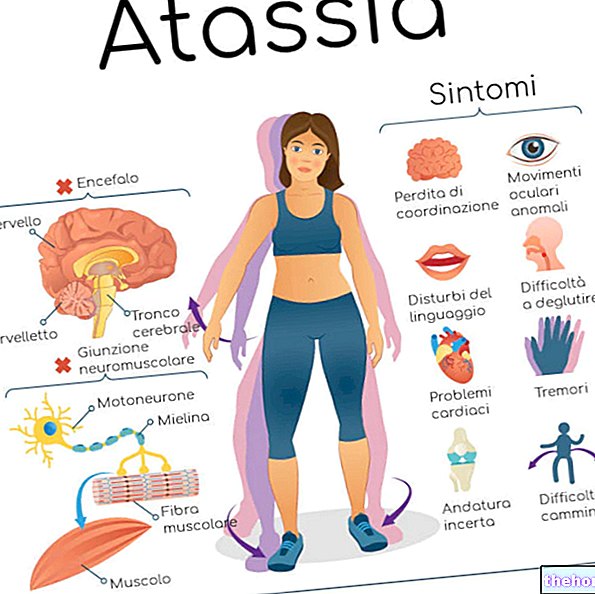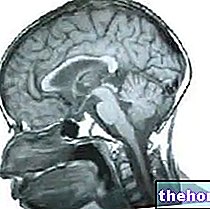Generality
Subarachnoid hemorrhage is a spill of blood into the space between the arachnoid and the pia mater (two of the three membranes - or meninges - that line and protect the brain). Bleeding can occur spontaneously or result from a head injury or rupture of a brain aneurysm.

Causes
Subarachnoid hemorrhages are caused mainly (85% of cases) by the rupture of a cerebral aneurysm (pathological dilation of a "cerebral artery with weakening of its wall and greater ease of rupture). Sometimes, the bleeding episode can be triggered by a increase in blood pressure.
Other less common causes include:
- Arteriovenous malformations;
- Head trauma;
- Brain tumors;
- Encephalitis;
- Vasculitis.
Diagnosis
To diagnose a "subarachnoid hemorrhage, doctors evaluate the symptoms and may order a series of tests to determine the cause of the condition:
- Computed tomography: is a minimally invasive scan (involves exposure to a small dose of ionizing radiation) that allows you to examine the anatomical structures inside the brain and confirms (or excludes) the presence of a blood effusion.
- MRI: provides a detailed view of the soft tissues of the brain and is used to monitor the condition in the days following onset.
- Cerebral angiography: accurately determines the origin of the subarachnoid hemorrhage. A catheter is inserted into an artery and passed through the blood vessels of the brain, then a contrast agent is injected which allows the X-ray images to be acquired.
Treatment
Subarachnoid hemorrhage is a medical emergency and requires immediate treatment. Once the cause and location of the bleeding have been identified, medical or surgical therapy is implemented to stop the bleeding, remove any clot and relieve intracranial pressure.
Treatment is geared towards controlling symptoms and managing any complications that may occur, including:
- Re-bleeding;
- Cerebral vasospasm (involves narrowing of the arteries, with reduced blood supply to the brain);
- Accumulation of fluid in the brain (hydrocephalus).
The surgical approach aims to repair the origin of subarachnoid haemorrhage, including arteriovenous malformations, cerebral aneurysms, or injury due to trauma. The prognosis for subarachnoid haemorrhage has improved over the past few decades and most patients survive. However, recovery can be a slow and often frustrating process.
How to reduce the risk
To prevent a "subarachnoid hemorrhage, three effective measures can be taken:
- Stop smoking;
- Moderate alcohol consumption
- Take steps to keep your blood pressure within normal parameters (such as exercising regularly and sticking to a healthy, balanced diet).




























